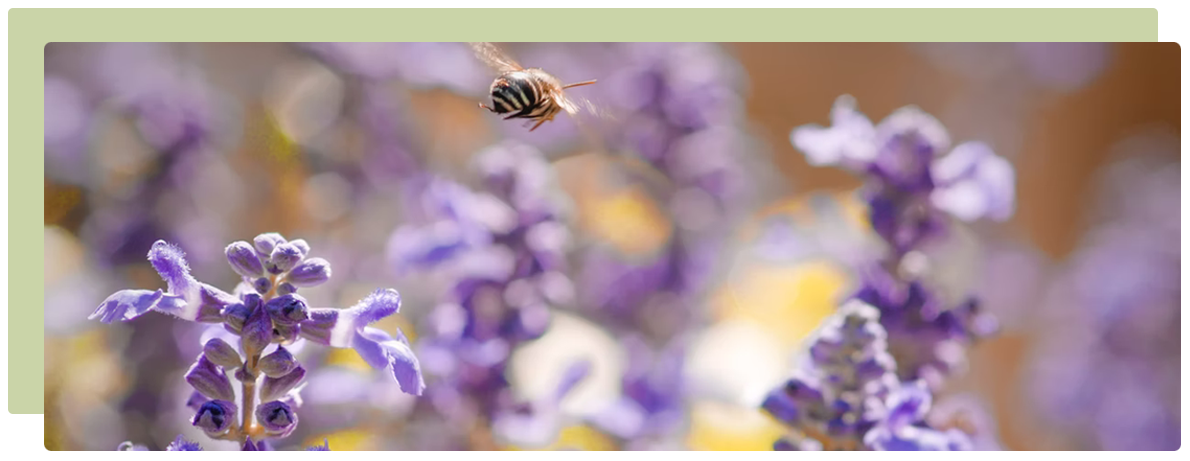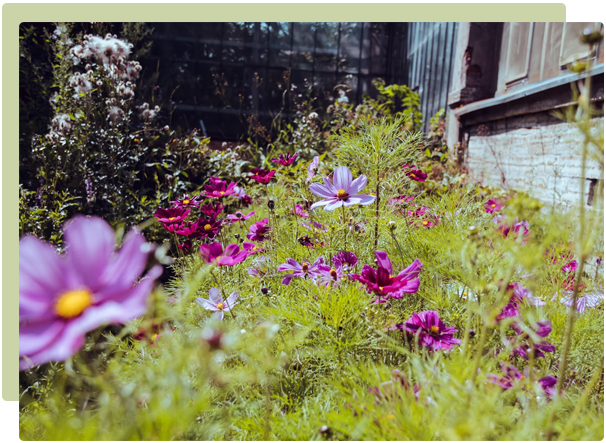Posted by by the Gubba Team
2nd Nov 2021
Why & how to grow wildflowers

Did you know that a third of the world’s food crops depend on pollinators? That’s a big number! Unfortunately our pollinators are under threat, facing pressure from loss of habitat, climate change, and the widespread use of pesticides. It really highlights just how important our bees and other pollinating insects are, and the growing need to look after them.
But how do we help? The good news is, there are things we can do to make a difference. One simple way is to grow wildflowers! These colourful, fun blooms are not only beautiful and super easy to grow - but they provide a range of benefits for our pollinator friends: food, nectar, pollen, and shelter.
Wildflowers come in many varieties, and in all colours, shapes and sizes. Californian poppies, borage, cornflower, calendula, and lavender are just a few examples. These can be stunning additions to a garden (or any green space), that can be enjoyed by both us and the bees. If you can get your hands on native NZ wildflowers, even better!
Instructions for planting wildflower seeds:
- Choose a spot: your wildflower seed should be sown directly onto soil - they are unlikely to grow on grass or weeds. You’ll want to choose a sunny spot that gets direct light for at least 4 hours a day.
- Sprinkle about 1 gram of wildflower seeds per square meter, then sprinkle a light layer of soil over the top. Make sure your seeds are covered by no more than 2-3 mm of soil.
- Keep the soil moist for 6-8 weeks until germination, then continue to water as needed. Most wildflowers are happy with normal rainfall, but they will benefit from some extra water during summer.

TIPS:
- Here in NZ, the best time to sow your wildflower seeds are the spring and summer months (September to February). When sown during these times, you can expect to see flowers in as little as 8 weeks!
- There is no need to fertilise your wildflowers, as this could encourage weeds.
- After your wildflowers have finished flowering they may start looking a bit untidy. At this stage, you can mow or cut the old plants down. You can leave the cuttings on the ground to naturally sow their seeds for the next season.
Happy planting, and enjoy your wildflowers - we know the bees certainly will!


























